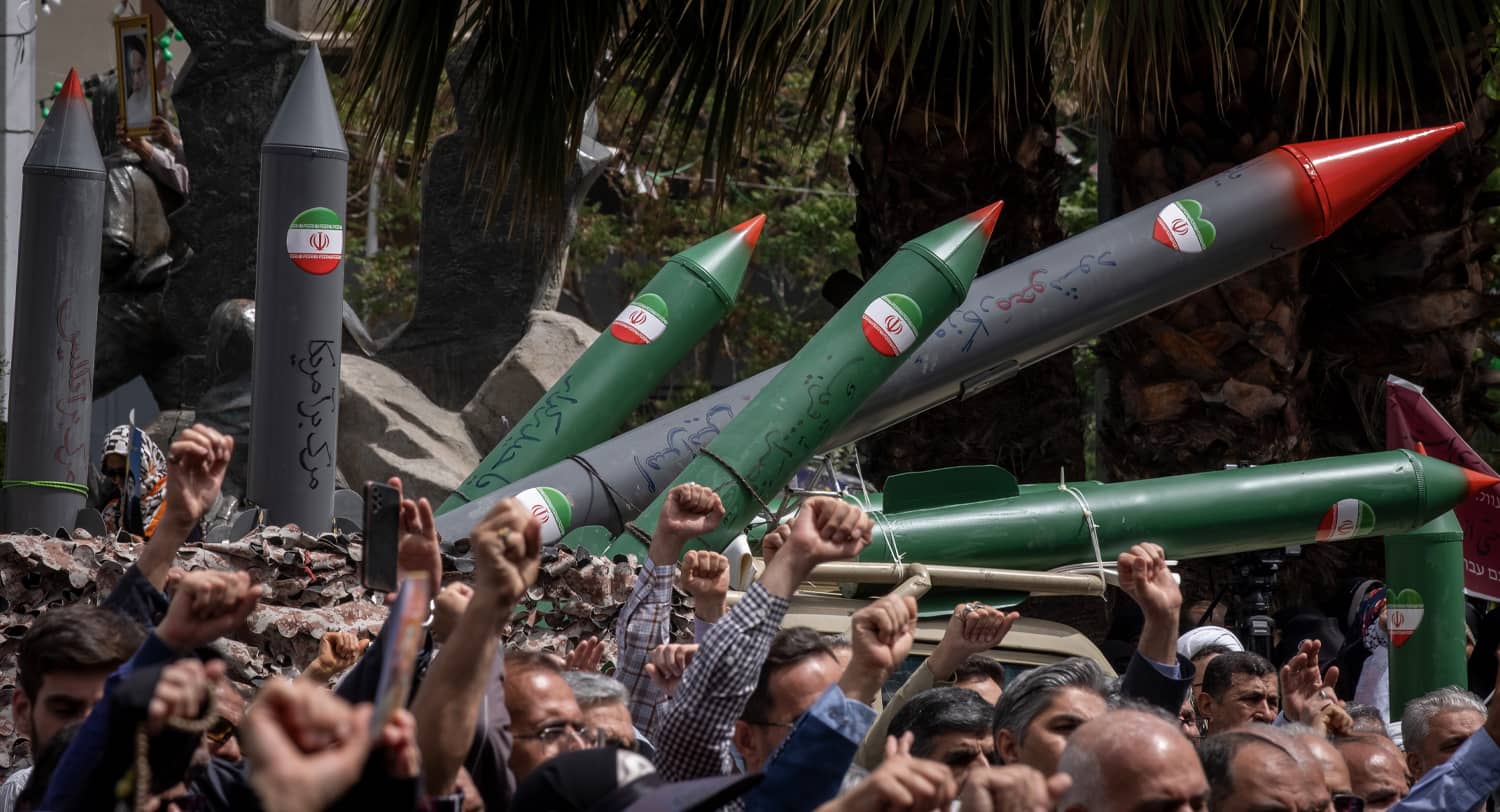Iran’s nuclear program is not an arms control problem, the approach often taken by US negotiators. It is a central pillar of the regime’s survival strategy. Until that regime’s architecture of power is directly addressed and sufficiently weakened, Iran’s nuclear threat will outlast any paper agreement.
Iran’s nuclear program is also not about electricity and was not built to power its cities—it was built to shield its rulers.
Iran’s fuel cycle makes no economic sense if the goal is energy. The Bushehr reactor – the country’s only operational nuclear power plant – produces just 1,000 megawatts, less than two percent of Iran’s electricity. It operates entirely on Russian-supplied fuel, with spent rods returned to Russia under international agreements. Iran’s domestic enrichment infrastructure plays no significant role in fueling Bushehr or any other reactor.
Tehran constructed fortified enrichment facilities like Natanz and Fordow, sites that have no connection to civilian power production, in order to survive aerial bombardment. Iran’s newer centrifuge arrays—using advanced IR-6 and IR-9 machines—allow for faster enrichment and modular reconfiguration, enabling rapid breakout under pressure. Recent satellite imagery and Western intelligence assessments have confirmed fortified expansions near Natanz, further entrenching Iran’s capacity to endure military strikes.
Iran’s nuclear program operates under the political and security dominance of the Islamic Revolutionary Guard Corps (IRGC). While the Atomic Energy Organization of Iran manages the nominal civilian side, the IRGC secures, protects, and ultimately exerts political control over the nuclear infrastructure. Civilian nuclear programs do not require revolutionary militaries to oversee them.
Multiple hardened sites, redundant capabilities, and a command structure integrated into the regime’s security forces are intended to ensure that Iran’s enrichment architecture can be militarized without delay. As former IAEA Deputy Director Olli Heinonen has warned in these pages, the Iranian nuclear program has always had a dual-use purpose, with weaponization capability as the end goal.
Policymakers who focus only on enrichment percentages and stockpiles misunderstand the threat. Iran does not need to test a bomb to become dangerous. It only needs to maintain a system that ensures breakout capability—and ensures no one can stop it in time.
Three Pillars of Regime Survival
Iran’s nuclear program today is not an isolated technical enterprise. It operates as one of three pillars of a regime survival strategy:
First is its nuclear breakout capability. By maintaining the technical ability to enrich quickly while appearing to adhere to agreements, Tehran maximizes diplomatic ambiguity. This latency strategy deters adversaries from taking action while keeping the regime perpetually one political decision away from rapid weaponization.
Second, Iran has built the largest ballistic missile arsenal in the Middle East. They provide a powerful second-strike capability, targeting US bases, Israeli cities, and Persian Gulf state infrastructure. The sheer scale and dispersal of Iran’s missile force are designed to make any preemptive or retaliatory strike against its nuclear sites a strategically costly proposition.
Iran proxies, such as Hizbullah, the Houthis, and Shi’ite militias in Iraq, are a third pillar. They offer a deniable means of retaliation, capable of opening multiple fronts against Israel and US interests without direct attribution. Proxy warfare multiplies the regime’s deterrence, ensuring that any attack on Iran ignites asymmetric conflicts across the Middle East.
Diplomatic agreements that address enrichment percentages without dismantling the security apparatus leave this strategic complex intact. The Joint Comprehensive Plan of Action, signed in 2015, failed not because Tehran visibly cheated, but because the deal allowed Iran’s multi-domain deterrence system to survive, harden, and prepare for future escalations. That system remains—and it is stronger than ever.
Three Policy Recommendations
What does this mean for policy?
First, enrichment must be non-negotiable. No serious agreement can allow a revolutionary military force to retain effective command over nuclear latency capabilities. Diplomatic compromise over this issue is a surrender.
Second, time empowers the regime’s resilience. Every month that Iran’s nuclear, missile, and proxy networks expand, they become harder to dismantle without immense cost. Strategic patience must not mean passivity. Calibrated pressure—economic, covert, and diplomatic—must be intensified now to avoid much harsher choices later.
Third, policymakers must abandon the fiction that Iran’s nuclear program exists in isolation. It is part of a broader regime survival strategy combining nuclear latency, conventional missile deterrence, and proxy warfare. Any deal that addresses one pillar without confronting the others will merely postpone—and magnify—the next crisis.
Diplomacy alone cannot dismantle a system engineered for survival. A viable strategy must combine economic isolation, targeted sabotage of critical bottlenecks, regional proxy disruption, psychological pressure on regime elites, and the credible threat of overwhelming military force.
The goal is not to wage a full-scale war, in which Iran’s civilian infrastructure would be destroyed. It is to fracture the regime’s survival networks through calibrated pressure—preserving Iran’s national future while breaking the theocracy’s hold.
The recent explosion at Shahid Rajaee Port in Bandar Abbas—which crippled missile fuel supplies for over 260 ballistic missiles—offers a glimpse into how accidental disruptions can weaken the regime. The port’s paralysis fractured Iran’s critical supply chains. As the country’s largest commercial hub, Shahid Rajaee’s disruption constrains the flow of essential goods, raises prices, and deepens economic dissatisfaction across Iranian society.
Strategic pressure on Iran’s economic arteries can magnify internal unrest and erode the regime’s deterrence posture from within, without requiring direct military confrontation.

